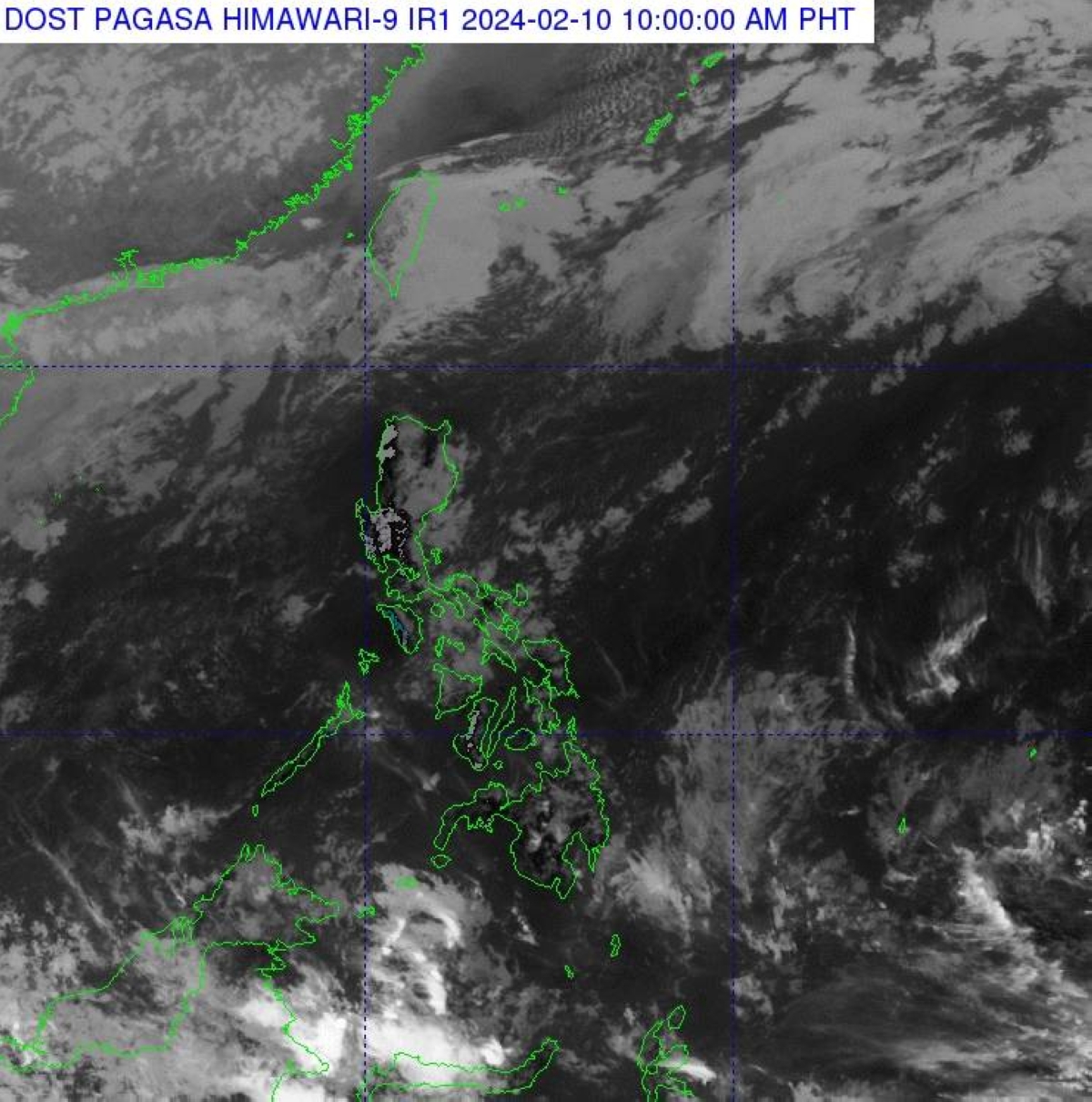In the Philippines, two weather systems are currently affecting different parts of the country, bringing a mix of fair weather, cloudy skies, and isolated light rains. This update comes from the Philippines Atmospheric, Geophysical and Astronomical Services Administration (Pagasa), the state-run weather agency.
The first weather system is the northeast monsoon, also known as “amihan,” which is impacting most parts of Northern Luzon. This monsoon brings cold winds, cloudy skies, and isolated light rains to the region. Residents in these areas should expect cooler temperatures and the possibility of occasional light showers.
On the other hand, the rest of the country is experiencing the influence of the easterlies, which are hot winds originating from the Pacific Ocean. These easterlies are currently prevailing, resulting in good weather conditions for most areas. However, there is still a chance of isolated light rains in these regions.
According to weather specialist Daniel James Villamil, the effects of the amihan are expected to intensify over the next three days in Metro Manila and Baguio City. Residents in these cities should prepare for cooler temperatures and the possibility of more frequent light rains. It is important to stay updated with the latest weather forecasts and take necessary precautions.
While there are no gale warnings issued for today, Pagasa advises fishers with small seacraft to exercise caution when sailing into the seaboards of Northern Luzon. Light to moderate waves are expected in these areas, and it is crucial to prioritize safety at all times.
Understanding local weather patterns and being aware of the impact of different weather systems is essential for residents and visitors in the Philippines. The country’s geographical location makes it prone to various weather conditions throughout the year. By staying informed and prepared, individuals can better navigate these changes and ensure their safety.
It is worth noting that the Philippines experiences two main seasons: the wet season and the dry season. The wet season typically begins in June and lasts until November, while the dry season runs from December to May. However, the influence of different weather systems can bring variations in weather patterns, even outside these expected seasons.
In conclusion, the Philippines is currently experiencing the effects of two weather systems: the northeast monsoon and the easterlies. While the amihan brings cooler temperatures, cloudy skies, and isolated light rains to Northern Luzon, the rest of the country enjoys good weather with a chance of occasional light showers. Residents in Metro Manila and Baguio City should anticipate the intensification of the amihan over the next three days. Fishers in Northern Luzon are advised to take precautionary measures due to expected light to moderate waves. By staying informed and prepared, individuals can adapt to these weather conditions and ensure their well-being.







